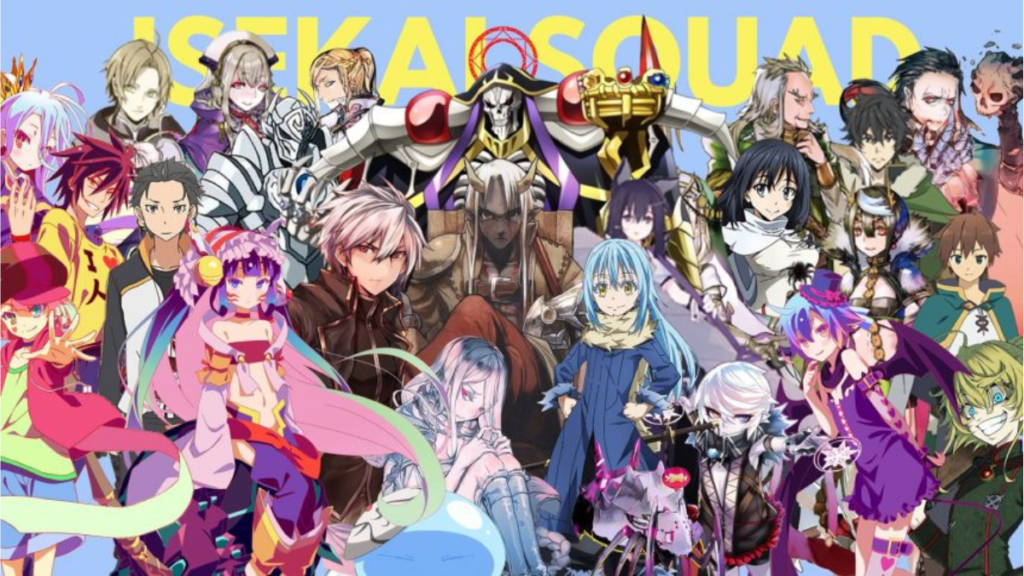The isekai genre in anime and manga is a popular genre that transports ordinary individuals to fantastical worlds. While many stories follow a predictable pattern, there are some that defy these expectations, offering a refreshing take on the genre. For example, “Re:Zero – Starting Life in Another World” takes a dark and unexpected turn as the protagonist discovers death is not the end. Another notable example is “The Rising of the Shield Hero,” where the protagonist faces adversity and betrayal, challenging the conventional isekai narrative and introducing moral ambiguity. Some isekai stories also explore psychological themes, such as “No Game No Life” and “The Devil is a Part-Timer!”, which provide humor and explore themes such as adaptation, resilience, and the essence of good and evil. Despite the commonality of the isekai genre, a closer look reveals a diverse array of narratives that challenge and expand conventional boundaries.
The Common Isekai Trope
A quick glance at the isekai genre might lead one to believe that the stories are somewhat formulaic. Frequently, protagonists are ordinary individuals with mundane lives who suddenly find themselves transported to a parallel universe. This new world often possesses magical elements, fantastical creatures, and unique challenges that the protagonist must overcome. The protagonist typically gains new powers or abilities, which then play a crucial role in shaping the narrative.
The Unexpected Twist
However, some isekai stories defy these expectations, subverting the familiar tropes and offering audiences a refreshing take on the genre. Take, for example, “Re:Zero – Starting Life in Another World.” What begins as a seemingly typical isekai story takes a dark and unexpected turn as the protagonist, Subaru Natsuki, discovers that death is not the end. This unique twist adds a layer of complexity to the narrative, forcing the protagonist to confront the consequences of his actions in a way rarely seen in traditional isekai tales.
Another notable example is “The Rising of the Shield Hero,” where the protagonist, Naofumi Iwatani, is not greeted as a hero but instead faces adversity and betrayal. This departure from the usual hero’s welcome challenges the conventional isekai narrative and introduces moral ambiguity, making the story more nuanced and thought-provoking.
The Exploration of Psychological Themes
In addition to subverting traditional tropes, some isekai stories delve into psychological themes, offering a deeper exploration of the human psyche. “No Game No Life” stands out in this regard, as protagonists Sora and Shiro are transported to a world where conflicts are resolved through games. The narrative not only explores their strategic prowess but also delves into the psychological toll of their high-stakes battles, creating a unique blend of excitement and introspection.
Similarly, “The Devil is a Part-Timer!” takes a comedic approach, placing the demon lord Satan in a mundane, everyday setting. This inversion of expectations not only provides humor but also allows for the exploration of themes such as adaptation, resilience, and the essence of good and evil.
Conclusion
While the isekai genre may seem saturated with similar stories on the surface, a closer look reveals a diverse array of narratives that challenge and expand the conventional boundaries. From unexpected twists to explorations of psychological themes, these stories offer more than meets the eye. So, the next time you encounter what seems to be a common isekai story, remember that within its seemingly familiar framework, an extraordinary adventure might be waiting to unfold. Embrace the unexpected, and let the isekai genre continue to surprise and captivate audiences with its endless storytelling possibilities.







